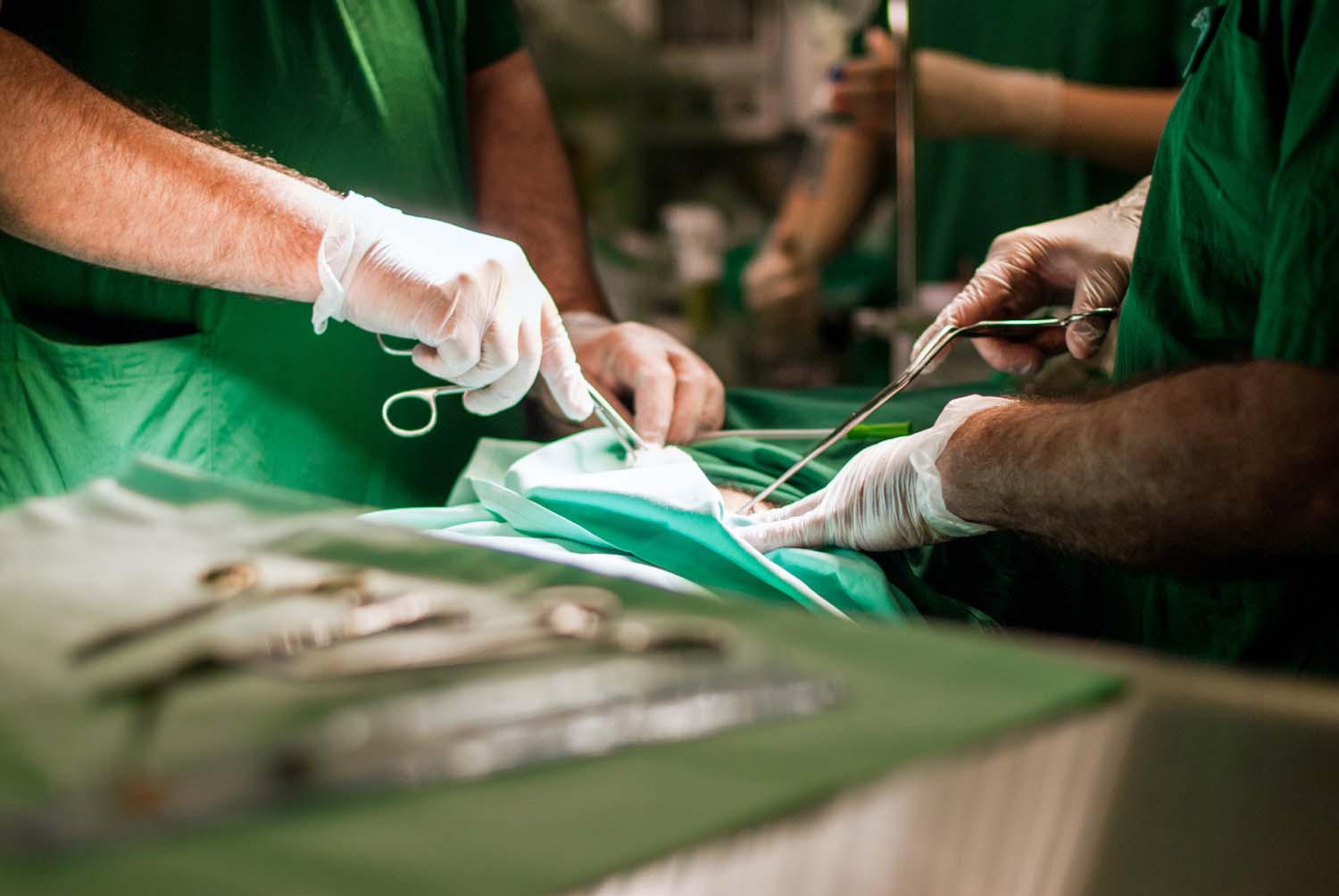
When a patient has a wound that’s too big to close on its own or a wound that becomes chronic and doesn’t heal by itself, treatment with a skin graft may be beneficial in obtaining wound closure. Skin grafts help quickly and effectively restore function and provide better cosmetic results than other treatment options. Additionally, skin grafts protect from infections and parasites. The Vetrix BioSIS Technology we provide is a regenerative medicine beneficial in remodeling, regrowing, and repairing wounds encountered in the veterinary field.
Two Common Skin Graft Procedures in Veterinary Medicine
When it comes to common household pets, veterinarians are often most likely to perform one of the following types of skin grafts when necessary for wound treatment:
- Total Skin Graft (or Full-thickness skin graft): This skin graft includes the epidermis and dermis. It involves removing a piece of skin and the fat from the underside of the skin. This grafting procedure requires the donor site to have enough surrounding loose skin so the incision can be closed.
- Partial Thickness Skin Graft (or Split-thickness skin graft): This skin graft involves shaving a thin layer of skin, 0.2 to 0.4mm, off the donor site. The cutting plane of this graft remains above the hair follicles so that no hair will grow from this skin graft. The donor site will heal independently and doesn’t require closure, but it may be more painful than a total skin graft because the exposed nerve endings will need time to heal. It’s typically used in burn victims with limited normal skin for grafting.
Veterinarians will guide their patients on the best skin graft option for their particular wound.
Treating Skin Grafts With Regenerative Veterinary Medicine
Once it’s been determined that a pet needs a skin graft to heal a wound, consider a regenerative medicine solution as part of your treatment. Unlike synthetic materials or other biological grafts, Vetrix Technology provides a structure for healthy tissue to grow across and incorporate into the extracellular matrix, resulting in wholly remodeled, vital, and fully vascularized tissues. During the healing process, Vetrix BioSIS is replaced with the body’s native tissue, developing into a permanent repair without the long-term presence of a foreign body. After healing is complete, patients are left with healthy, natural tissue.
BioSIS is a great regenerative medicine solution for skin grafts because it facilitates angiogenesis and rapid remodeling, allowing the body’s defense mechanisms to react and respond to any potential infection. It promotes safe and sterile healing of the wound.
Download the BioSIS Informational Brochure to learn more about this technology and how it can aid in healing skin graft patients.

